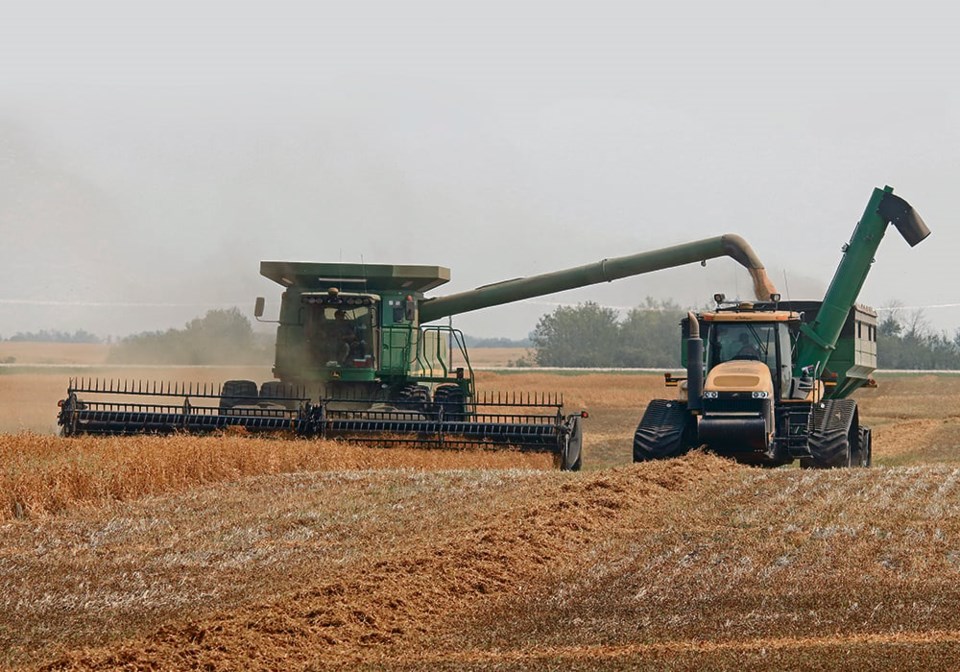WESTERN PRODUCER — Mike Jubinville is bullish peas and lentils despite what he believes is an underestimated Canadian crop.
“I don’t feel farmers need to be in an aggressive stance of doing sales right now,” said the MarketsFarm analyst.
India has had a disappointing monsoon season. The government has placed export restrictions on rice and wheat, and pulse prices have been on the rise in that country.
The next Indian general election is expected to be held early next year and the government will do everything in its power to keep food price inflation in check.
It has already taken steps to restrict crop exports and may soon be taking further steps to encourage imports.
Earlier this year, India extended its lentil import duty exemption through March 31, 2024.
There is still a 50 percent duty on peas, in addition to a 150,000-tonne quota for that crop, although there are many reports of imported peas spilling across the border with Bangladesh.
Jubinville thinks this could be the year India removes its import restrictions on peas. Chana (desi chickpea) prices are turning higher. Yellow peas are used as a substitute for that crop.
The chana crop is produced in the upcoming rabi season. There are concerns it could be smaller-than-usual because of the faltering monsoon and the forecast for hot and dry conditions caused by El Nino.
“If food inflation remains a dominant issue, especially in Indian politics, changes are coming,” he said.
“All of this is adding up to me as bullish potential.”
Statistics Canada’s initial production estimates for the Canadian crop are also bullish. It is forecasting 2.19 million tonnes of peas and 1.54 million tonnes of lentils.
“They are certainly well below what anyone in the trade was estimating,” said Jubinville.
The model-based forecast was based on satellite imagery and agroclimatic data as of the end of July.
He is placing more faith in the Sept. 14 report that will be based on data from the end of August. However, it may take until the December report to get the proper numbers.
In the meantime, Jubinville is sticking with his own numbers, which are 2.7 million tonnes of peas and 1.85 million tonnes of lentils.
Stat Publishing plugged Statistics Canada’s production numbers into its supply and demand tables and that resulted in 50,000 tonnes of lentil carryout and 212,000 tonnes of peas at the end of 2023-24.
The stocks-to-use ratio would be a paltry 2.9 percent for lentils and 8.2 percent for peas.
Jubinville agreed that carryout would be “extraordinarily tight” if Statistics Canada’s initial estimates prove accurate.
However, he noted that there would likely be some demand destruction in places like India and the Middle East if pulse prices climb higher throughout the year, which is what he is anticipating.
“There are strained economies out there who are crying uncle on food price,” he said.
Contact [email protected]
You can no longer count on social media to deliver important news to you. Keep your news a touch away by bookmarking SASKTODAY.ca's homepage at this link.
Here's why you should bookmark your favourites.
Subscribe to SASKTODAY.ca newsletter to get our daily news to your inbox.

